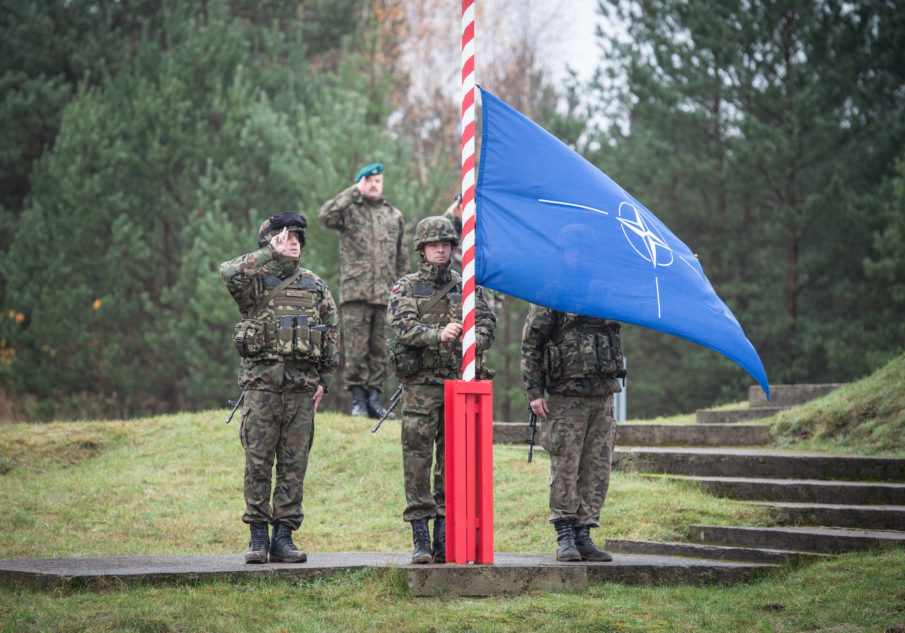Ukraine will renew efforts to become a member of the North Atlantic Treaty Organization (NATO), planning to do so by 2020 after a series of reforms, says President Petro Poroshenko.
In a visit by Secretary-General Jens Stoltenberg to embattled Ukraine, the two leaders took the opportunity to address Ukrainian security threats, with Stoltenberg using the opportunity to call for Russia to withdraw “thousands of soldiers from Ukraine and stop supporting the militants with command-and-control and military equipment,” Reuters reports.
The 2014 Russian annexation of Crimea and their continued support for fighters in eastern Ukraine have brought the issue of NATO membership back to the forefront. Thousands of Ukrainian soldiers and civilians have been killed since the Russian-backed intervention in the east.
First proposed in 2008, Ukrainian membership in NATO initially saw little enthusiasm from pro-Russian president Viktor Yanukovich or the Ukrainian people, officially discontinuing their bid for membership in 2010. However, with the beginning of hostilities with the Russians, support for the initiative has shot up to 69 percent, according to a poll conducted last month by the Democratic Initiatives Foundation.
Gaining membership to NATO is a lengthy process, and can take years. The basic requirements state that “NATO’s door remains open to any European country in a position to undertake the commitments and obligations of membership, and contribute to security in the Euro-Atlantic area.” First, a country must be invited by the rest of the alliance. Once invited, a series of talks begin at NATO headquarters to ensure the invitee nation can hold up to requirements related to resources and military contributions.
Once these talks are complete, the invited nation is given a list of reforms needed before membership will be conferred. The invited country then submits their plan and timeline for reforms to the Secretary General. This is where Ukraine is at in the process.
Accession protocols will then be prepared and signed by current NATO countries, which are then signed and ratified in each individual member nation. In the United States, two-thirds of the Senate must ratify the accession protocols for the new member.
After every member nation has approved of the new member, the Secretary-General issues a formal invitation to become part of the Treaty. For reference, it took the country of Montenegro two years to go through these steps.
Should Ukraine successfully navigate these steps, it still must ‘settle international disputes by peaceful means,’ according to Reuters. The ongoing war in the country’s east, despite technically being in a ceasefire, may complicate that rule.
Russia will certainly oppose Ukraine becoming a NATO state, as it has every NATO encroachment on what it considers its traditional sphere of influence. Russia continues to deny any involvement in eastern Ukraine, despite overwhelming evidence of its heavy support for pro-Russian militants there.
Featured image courtesy of SFJZ13 – Wikipedia
Already have an account? Sign In
Two ways to continue to read this article.
Subscribe
$1.99
every 4 weeks
- Unlimited access to all articles
- Support independent journalism
- Ad-free reading experience
Subscribe Now
Recurring Monthly. Cancel Anytime.











COMMENTS
You must become a subscriber or login to view or post comments on this article.